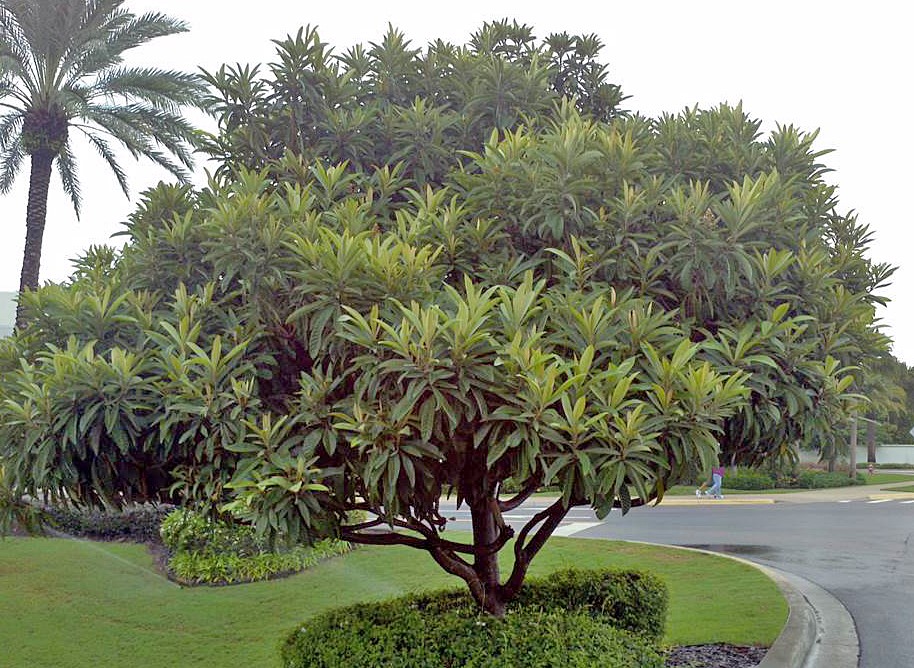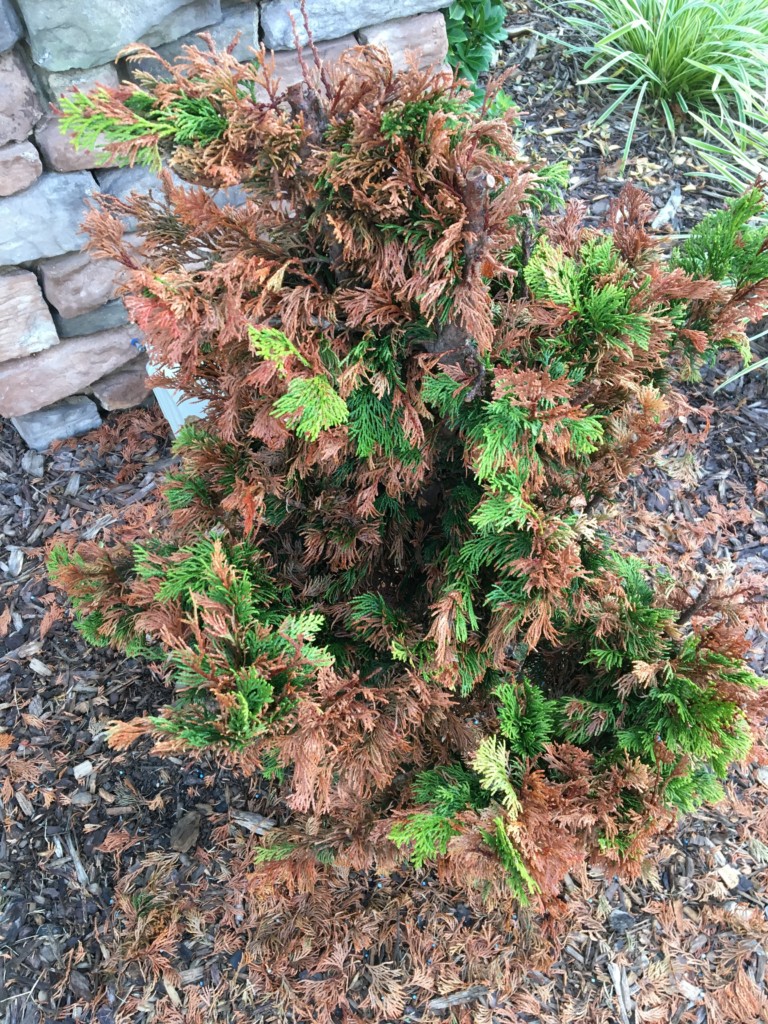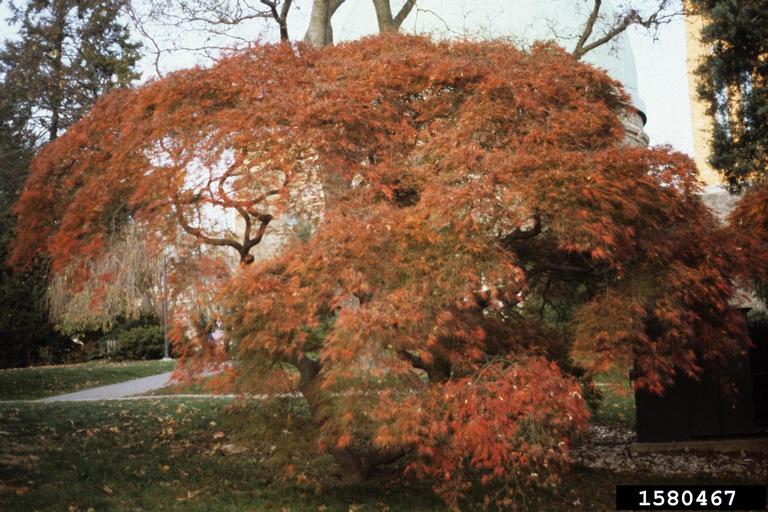Most trees are good and live long, low-risk lives. But some trees are bad and live short lives compromised by storms and people. Risky trees can fail and fall. Are your trees out to get you?
Trees have value, provide benefits and are desired by humans. People find great psychological, monetary, aesthetic and utilitarian values in trees. The benefits humans get from trees are recreation, psychological, shade, heat dissipation, blockage of glare, blockage of noise, production of white noise, reduction of pollutants, production of oxygen, reduction of erosion, wildlife habitat, increase of property values and increase of economic stability.
Trees need care, too
Along with the many benefits trees provide, trees also have costs. Trees require some investment in growing space, maintenance and care. Once dead, trees can be expensive and dangerous to remove. One of the most overlooked tree costs is liability risk. Liabilities can include ecological, biological, aesthetic, social, economic and safety risks.
People need to protect themselves and their property from these tree hazards.
All trees grow, become larger and eventually fail. Trees that surround homes, line streets or border parking lots and playgrounds are all at some risk of failing. And some will fail sooner than others.
Risks come with history
Every tree situation has risk involved. Tree history, past abuse, storm damage, construction injury and other tree attributes all can lead to an increased risk of failure. Even minor events such as roots buckling sidewalks or branches rubbing on a roof can generate tree-associated risks of failure.
Be aware of tree risks around your home, yard, street, school, church and workplace. As trees become massive and tall, even a single branch loss in a storm could damage property and injury people.
Ask a professional for help
Tree care professionals examine trees for structural problems and, at times, can try and correct these problems. Most trees do not need special structural support, just good maintenance activities and injury prevention.
The most important aspect of tree risks is to understand how trees fail. Trees are modular structures that grow in stages, one part at a time. Trees fall apart one piece at a time or topple as a whole. Failure occurs along faults developed by injury, old damage, and stress from the environment and people.
Structural faults include large vertical and horizontal cracks, large decayed areas, bark zones, narrow crotches or forks, dead wood and branches, large cavities, large leans, major root damage, poorly connected living branches and pest damage. These faults may be the result of old injuries or new damage. Many of these faults give way in wind and ice storms.
Trees can not heal themselves when damaged. They can only seal-off the wound and grow-over the injury. Old trees can be filled with many hidden faults from old injuries.
Branches, roots and stems
Risk assessments on trees are difficult and require a thorough knowledge of tree structure and tree failures. Each tree is different. On average, major structural failures are found in branches, 40 percent, or in roots and stems, 60 percent.
Not all large liability risks require tree removal. There are many “non-removal” risks that commonly occur. Even small problems can lead to large liability risks.
These risks include buckling of pavement by roots, damage to building foundations and septic systems, tripping caused by surface roots, presence of slippery leaves and litter (fruits, flowers, twigs, leaves), bites and stings from animals living in the tree, children and pet entrapment within cavities, face-level branch injuries and sight-line blocking.
Trees represent significant risks to humans, but these risks are relatively small when compared to other daily risks. A tree’s value is usually much greater than any risk-associated costs.
Using an informed approach to risks and tree-literate care and maintenance, you can have a landscape filled with “good” trees. For help, contact a tree risk specialist, arborist or a community forester.







